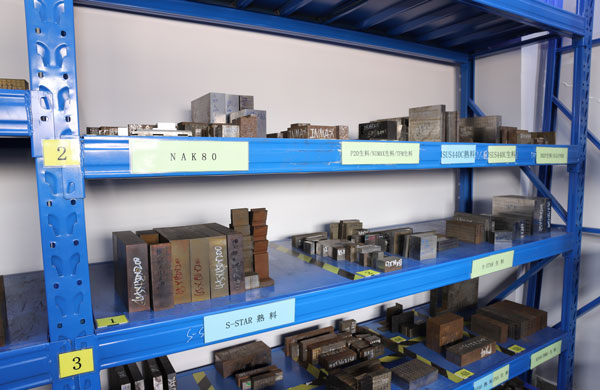In the intricate world of mold making, while technical proficiency and skilled craftsmanship are undoubtedly important, often it's the fundamental yet subtle details that are overlooked. Particularly in the process of mold component manufacturing, every step from material selection, precise design drafting, to production and processing holds equal significance.
When discussing material hardness, a foundational distinction lies in understanding the difference between raw and treated materials. This simple clarification is pivotal for clients to grasp the nuances of mold component manufacturing. Raw materials refer to those directly supplied from the factory, typically with a hardness ranging from ten to twenty degrees, sometimes even lacking hardness altogether. In contrast, treated materials have undergone a heat treatment process. It's crucial to note that the hardness of treated materials can be tailored to the material's inherent properties.

Heat treatment, a specialized term, encapsulates the profound transformation of material properties. Essentially, it involves heating steel billets or steel materials to a specified temperature and maintaining that temperature for a duration, followed by cooling at a selected rate and method to achieve the desired microstructure and performance. The heat treatment process for mold materials comprises three stages: heating, holding, and cooling. Heat treatment for heat-resistant steels encompasses various types such as annealing, normalizing, quenching, tempering, solution treatment, aging treatment, and cold treatment. In steel rolling production, heat treatment is predominantly applied post-rolling or pre-shipment. The structure and properties of heat-resistant steels are closely linked to heat treatment. Through appropriate heat treatment processes, the full potential of materials can be harnessed; for instance, pearlitic heat-resistant steels are commonly used in the normalized or quenched and tempered state, while martensitic heat-resistant steels undergo quenching and tempering. The aim of normalizing or quenching and tempering is to attain stable structures, excellent comprehensive mechanical properties, and high-temperature strength.
After reading this article, you've likely gained insight into some mold-related material terminology and developed an understanding of mold material properties and the significance of heat treatment.